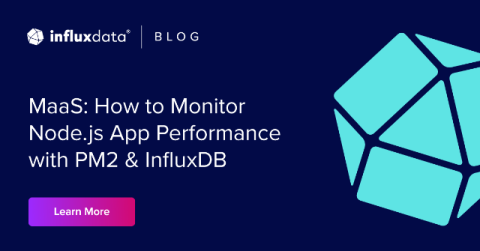Node.js Worker Threads Explained (Without the Headache)
Node.js has gained popularity for its event-driven, non-blocking I/O model, which excels at handling multiple tasks simultaneously. However, despite its single-threaded nature, Node.js faces limitations when it comes to CPU-intensive tasks. Worker threads provide a solution to this challenge. In this guide, we’ll explore what worker threads are, how they work, and how to use them effectively in your Node.js applications.











